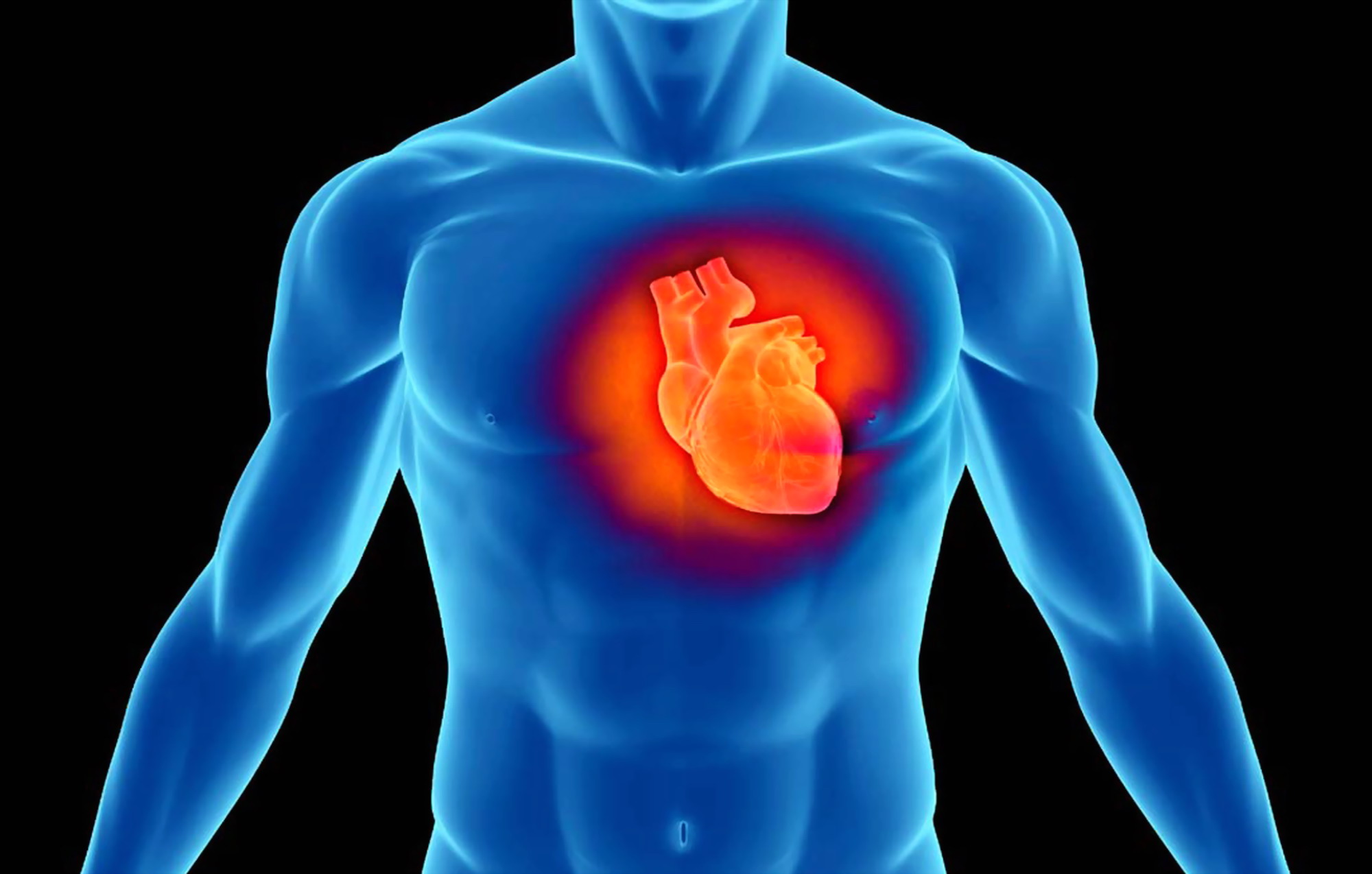
Atrial fibrillation: what it is and how to treat it
Atrial fibrillation is a type of arrhythmia that develops particularly in older patients and is associated with a series of complications that can significantly worsen the quality of life of those who suffer from it
It occurs when the activity of the heart’s atria is disorganised and, as a result, contractions are faster than they should be and irregular, causing symptoms associated with heart failure.
However, with pharmacological treatments and interventional procedures such as transcatheter ablation, it is possible to control the condition and improve the patient’s quality of life.
ECG EQUIPMENT AND DEFIBRILLATORS? VISIT THE ZOLL BOOTH AT EMERGENCY EXPO
Atrial fibrillation: what is it and what causes it?
Atrial fibrillation is triggered by abnormal electrical impulses from heart cells that are located where they should not be, i.e. in the pulmonary veins, anatomical entities responsible for transporting oxygenated blood from the lungs to the left atrium of the heart.
The main risk factors for atrial fibrillation are high blood pressure, myocardial infarction, heart failure and valvular defects, as well as thyroid or lung disease.
However, we must also rule out sleep apnoea syndrome and oesophageal diseases such as gastro-oesophageal reflux and hiatal hernia.
We must remember that the left atrium rests on the oesophagus: recent studies have confirmed a possible relationship between gastro-oesophageal pathologies and atrial fibrillation.
Here in our arrhythmology department, and during our operations, we pay a lot of attention to identifying such disorders.
The initial form of atrial fibrillation, so-called paroxysmal atrial fibrillation, manifests itself with sporadic episodes lasting a limited number of hours.
It is a disorder that must be kept under specialist supervision and treated because, if left untreated, it can worsen and lead to more complex consequences such as persistent atrial fibrillation.
In this case, the episode of atrial fibrillation does not go away spontaneously and medical intervention is required to restore normal heart rhythm.
What are the symptoms of atrial fibrillation?
Symptoms that may indicate the presence of atrial fibrillation are a particularly fast and irregular heartbeat (arrhythmic heartbeat), easy fatigability and sometimes laboured breathing (dyspnoea).
These symptoms are quite noticeable and patients often go to the nearest emergency department for appropriate care.
Transcatheter ablation: treating atrial fibrillation with 3D technology
The choice of the most appropriate treatment for atrial fibrillation depends on the cardioembolic risk and the patient’s symptoms.
The therapy, assessed by the team of specialists on the basis of the patient’s clinical condition, may in fact be pharmacological, or reside in transcatheter ablation, a therapeutic option used when other treatments have failed to restore normal heart rhythm.
Atrial fibrillation ablation, i.e. the elimination of the atrial foci responsible for the fibrillation, is performed in hospital.
It is performed under general or local anaesthesia, depending on the patient’s clinical condition, and is divided into two phases.
The first involves electrical mapping of the left atrium during which the points inducing arrhythmia are identified.
The second phase of the operation is carried out using a specific catheter that cauterises these areas that cause fibrillation.
The whole procedure is supported by an advanced three-dimensional mapping system.
The patient can usually be discharged the day after the procedure.
He will then have to follow a follow-up pathway, which will be evaluated with the specialist and will serve, through periodic check-ups and monitoring systems, to keep under control any evolution of the pathology and alterations in heart rhythm.
Read Also:
Emergency Live Even More…Live: Download The New Free App Of Your Newspaper For IOS And Android
Emergency Data Management: ZOLL® Online Europe, A New European Cloud-Based Platform To Be Discovered
Paediatrics, New Ablation Technique For Tachycardia At The Bambino Gesù In Rome
Tachycardia: Important Things To Keep In Mind For Treatment
What Is Ablation Of Re-Entry Tachycardias?
Atrial Fibrillation Ablation: What It Is And How To Treat It
Treating Atrial Fibrillation With Percutaneous Closure Of The Left Auricle


